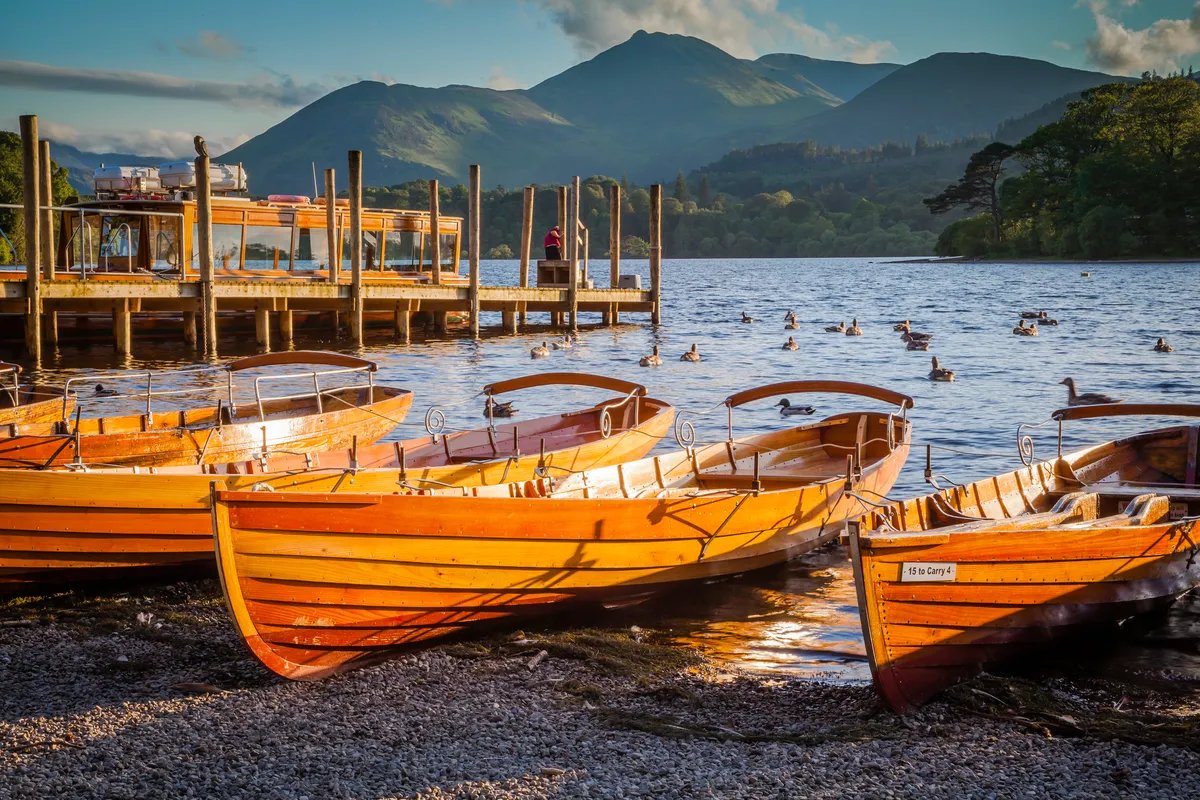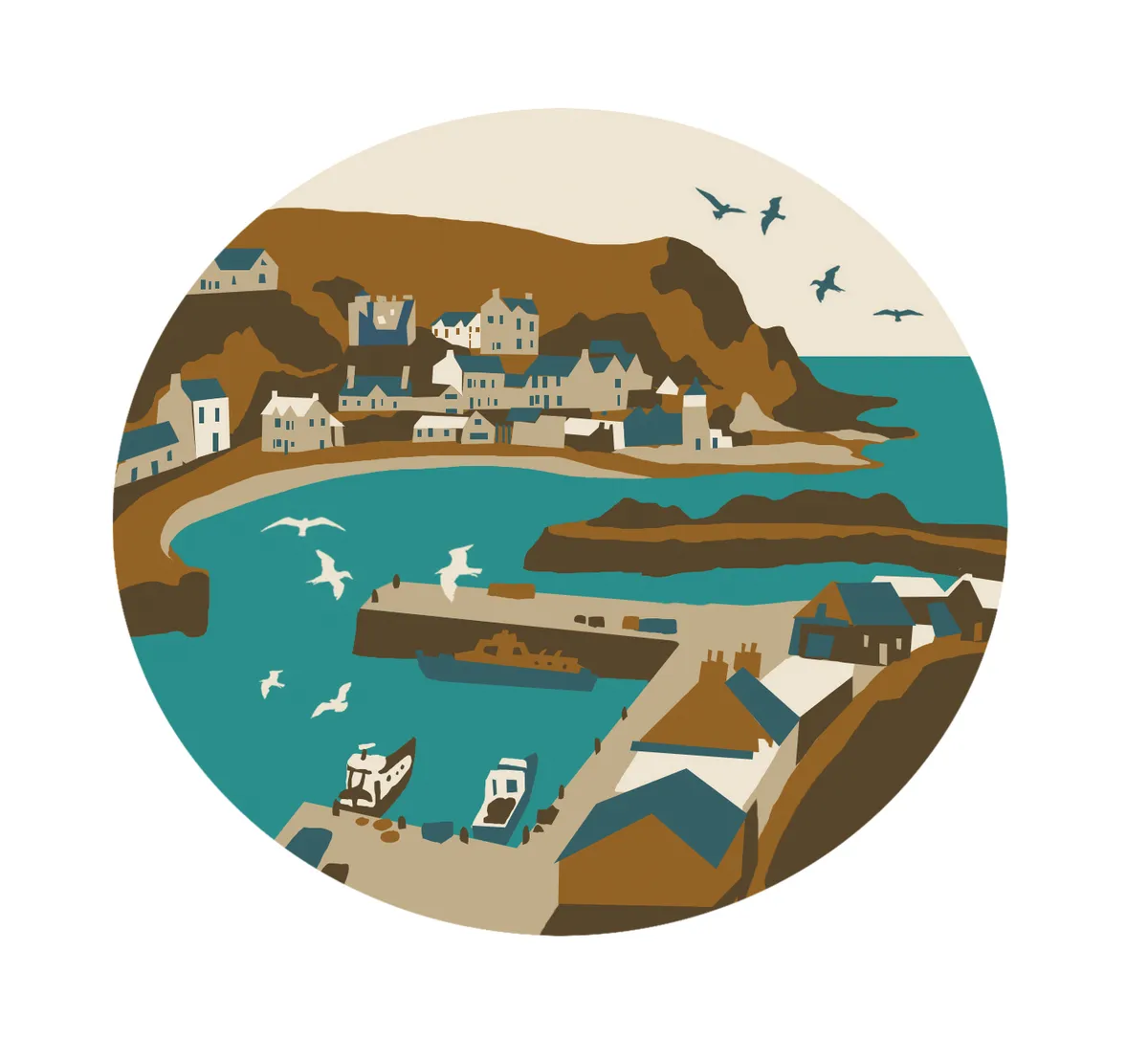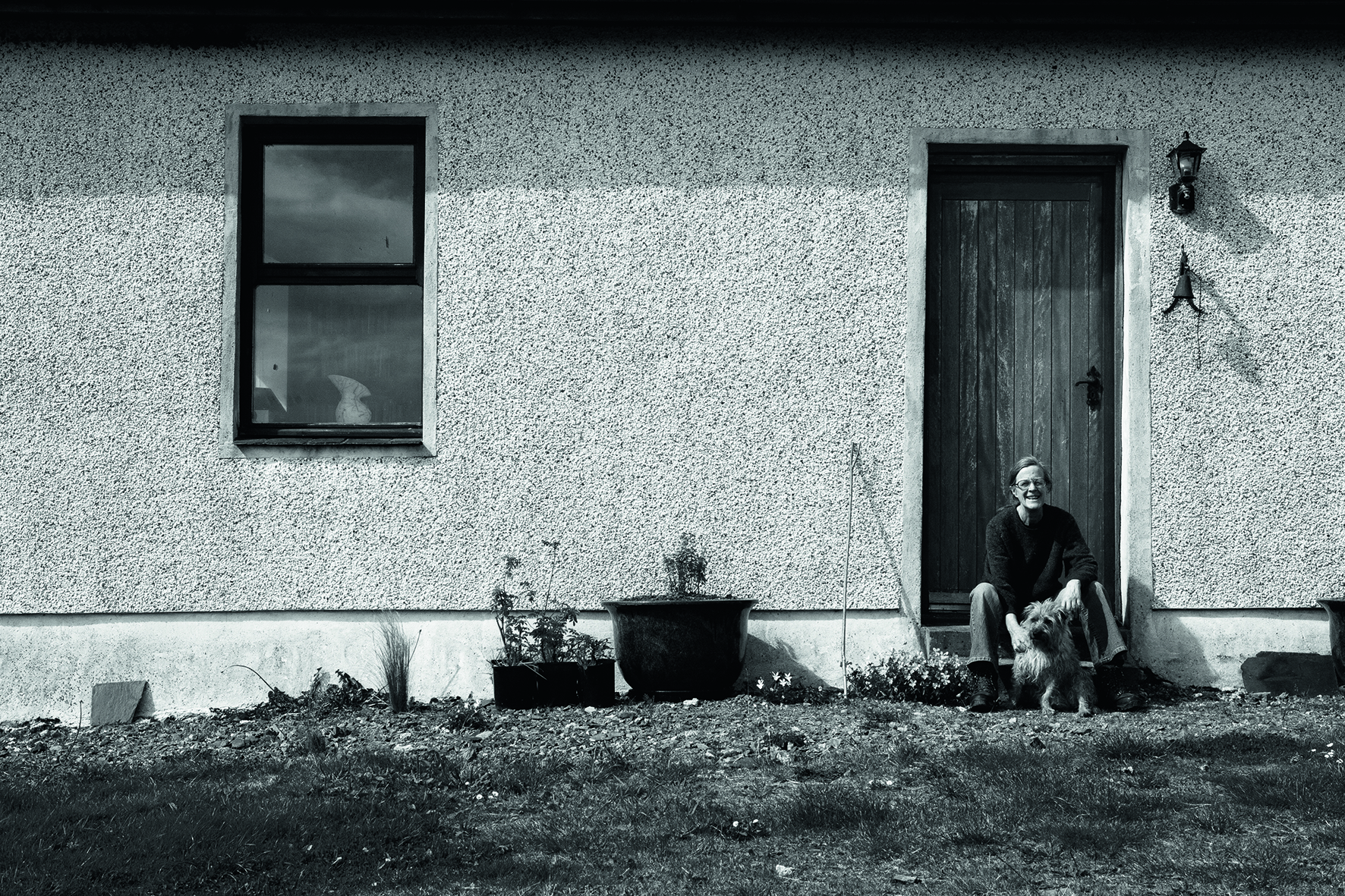Many small rural communities are struggling at the moment and small coastal communities particularly. There are lots of reasons, from inadequate mobile and/or internet connections through to cheap flights to sunnier beaches, with falling agricultural employment, high fuel costs, supermarkets undercutting local shops, pub closures and the collapse of public transport all being factors.
The question is, how can you arrest decline without damaging the very real community assets you may have, from rich and lovely countryside through to low crime and social cohesion?
Portpatrick on the west coast of Dumfries and Galloway is an exceptionally pretty village, with the houses painted in a range of pastel colours clustered around a bay, tucked under some fine cliffs, with surprisingly mild weather because of the Gulf Stream, and a strong history.

It used to be the principal route to Northern Ireland, with a daily ferry crossing. This is why it has an Edwardian clifftop hotel, a wide promenade and excellent pubs. It is also why it has a small but very pretty harbour, a lifeboat station and a NAVTEX (whence messages are transmitted to vessels at sea as part of a global marine-safety network).
In the 18th century, it became the terminus point for one of General Wade’s Military Roads – a massive infrastructure project to make it possible to move troops about Scotland and, as in this case, to Ireland, to control any insurrection against the Hanoverian monarchy.
How services are disappearing
But in the 19th century things started going a bit wrong for Portpatrick. An attempt to make the harbour more secure from the strong gales of the North Channel were stalled by money and weather and the problems were not fixed until 1863, by which time the government had moved the mail service to Stranraer (this made for a longer sailing to Larne but provided easier access from mainland Britain). The passenger ferries followed suit and Portpatrick was left stranded out there in the west. It lost its railway line in 1950 and became something of a backwater. Both tourism and fishing declined.

In the first decade of this century, the owners of the harbour decided to sell it to be developed as a marina. Residents were outraged by the plans, which they felt were totally inappropriate and would ruin the atmosphere of the whole place. So, using a mixture of a share sale and wind farm community benefit funds (wind farms buy off local opposition by creating funds that are normally in the control of local communities rather than the regional councils; the size of the pay-off is related to the amount of power produced – the bigger the wind farm the more money), the people of Portpatrick bought their own harbour.
At present, the plans seem more conservationist than entrepreneurial. But maritime leisure is increasing and perhaps – for both ecological and political reasons – people will be increasingly keen on spending their holidays in the UK. In the meantime, this community has taken a visionary approach to its difficulties, and protected a very lovely and historic village, claiming ownership of its own space. You can walk along a pretty seafront, look at the coast of Ireland in the distance and down into a little old safe harbour. It feels like a happy and hopeful development.
